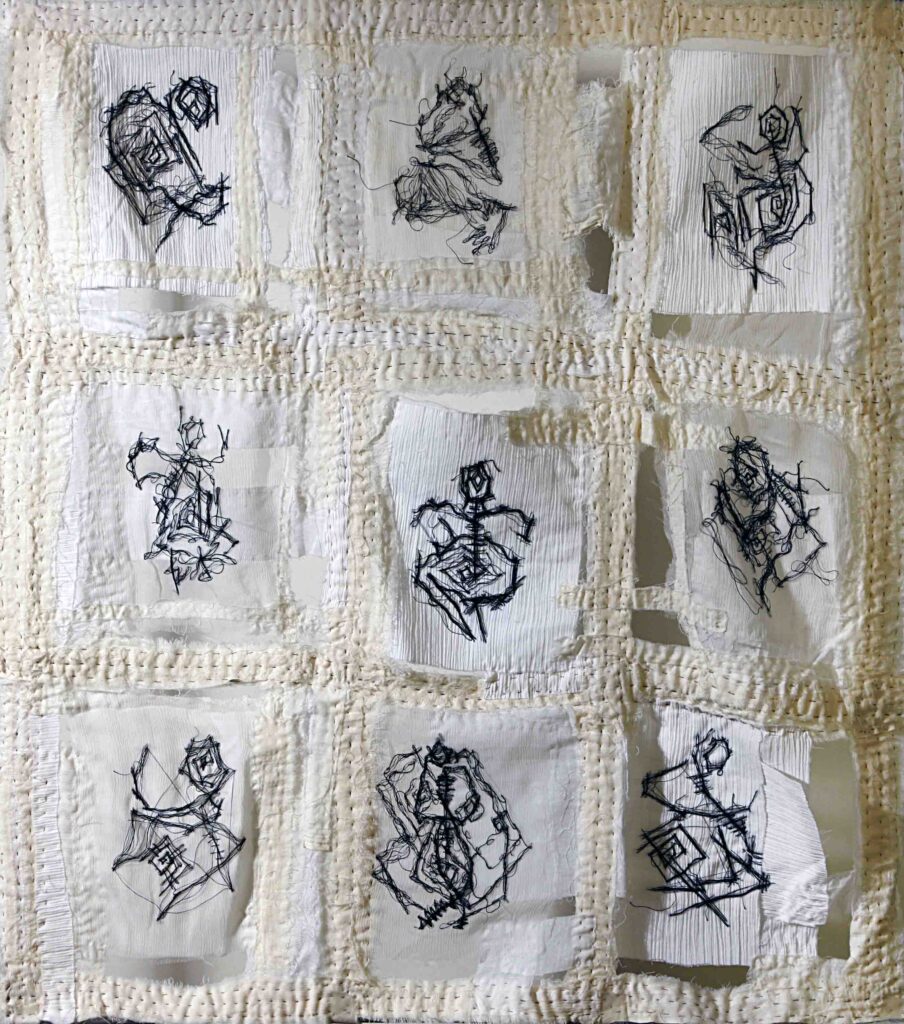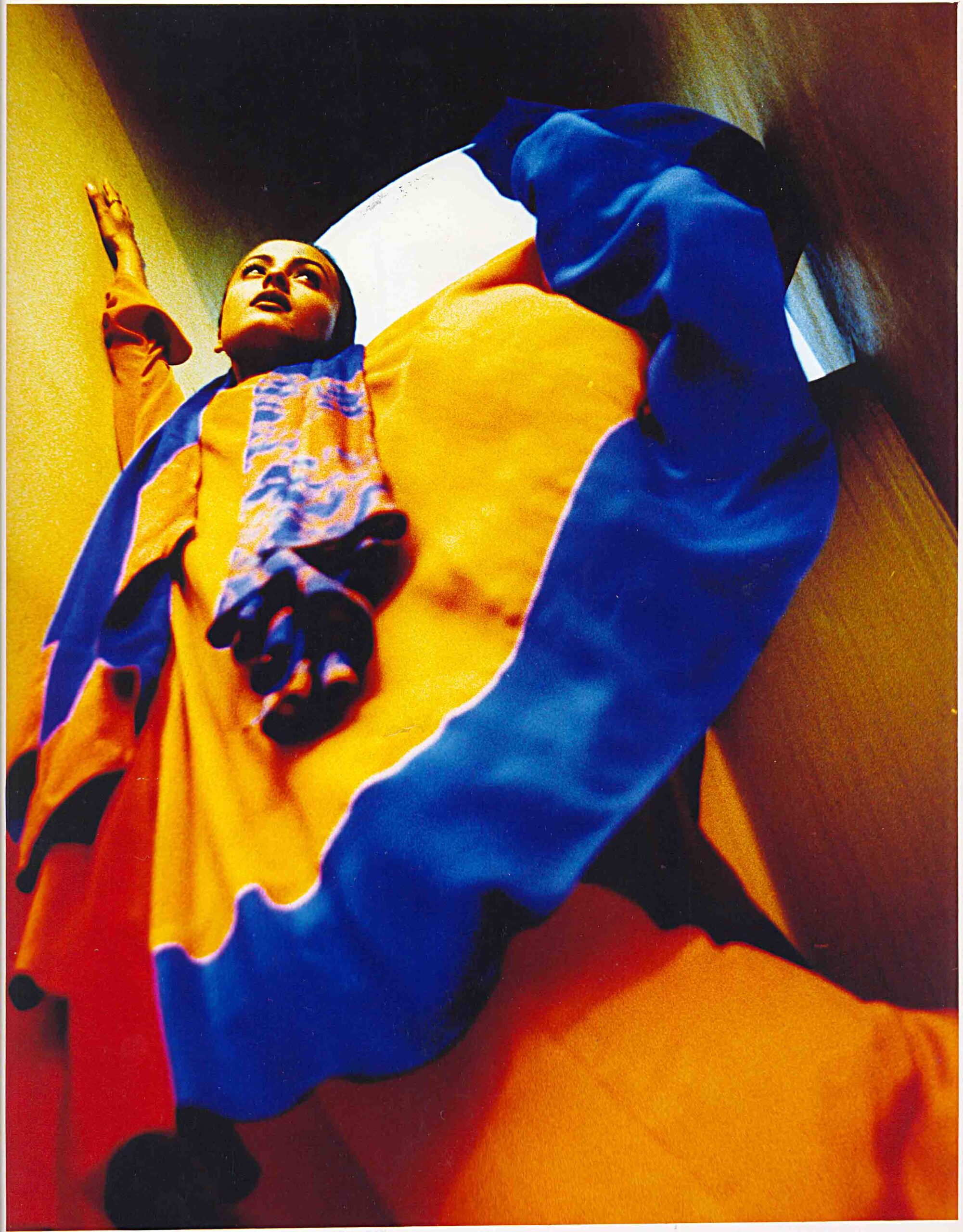A significant element of material culture is textiles. They might be considered as works of art, as cultural symbols, as technological objects, or as commodities. The textile arts reflect much of what is valuable in any society metaphorically. They are a fundamental human activity. Textiles provide for people’s basic requirements, but they can also help to categorise persons and groups of people according to socioeconomic class, gender, occupation, and status within the group. Traditional cultures assigned significant significance to textile designs. Gopika Nath, a brilliant textile artist, and art critic, created the medium beyond the boundaries of form and function through her decades-long work with textiles in all of their forms. She has been exposed to India’s existing hand-crafted textile traditions quite a bit, which has given her the inspiration to embroider rather than paint on a canvas. Gopika Nath uses a needle and thread for her craft. She studied at Central St. Martins and resided in London for seven years, and was a Fulbright Scholar. She also travelled to Japan as part of a Japan Foundation exchange programme to meet and connect with Asian textile artists and designers and to display her work. Her involvement with textiles dates back to 1976. Her work spans several genres as a fibre artist, textile designer, author, and educator. The corporate sector, the handloom industry, retail organisations, fashion designers, exporters, and educational institutions have effectively used her ability and expertise. Additionally, she has created specialised fabrics for top fashion designers including Rohit Bal, Rina Dhaka, Gitanjali Kashyap, and Ashish Soni. Ms. Nath has a lot of experience dealing with artisans in rural areas. She has taken on projects for the design and development of fabric in block printing, Ikat fabrics in cotton and silk for furnishings, sarees, hand-woven dhurries, as well as Kashmiri, hand-embroidered chain stitch fabric and crewel rugs, while working with various agencies under the auspices of the Ministry of Textiles and private organisations. She has also worked in the Bastar (Chattisgarh) tribal area to revive the area’s dwindling handicraft industry. Her work elevates the idea of handcrafting by using needle and thread, and she displays it as an artist-craftsperson in the vicinity of the Art Gallery. By portraying it as “Art,” she raises the worth of handicrafts above that of skilled labour, which is still mainly how it is viewed today, by bringing knowledge of the complexities of textile manufacturing and the values that contributed to India’s textile tradition. She is just briefly introduced here, but in order to learn more about her and her artistic development, I choose to interview her for this edition of Art & Deal Magazine.

Gaurav Kumar: What or who were your early influences and how has your life and upbringing influenced your work?
Gopika Nath: As children, our parents exposed us to all kinds of art and creative activities. I did Embroidery, learned to play the piano when I was around six or seven years old, and continued to play the instrument well into my fifties. I also took classes in Hindustani vocal for a while, and I have been studying art since I was about seven years old. I used to take classes with a senior artist in Calcutta, whom I remember as Mrs. Sabharwal. When we
To read more, subscribe to our magazine.

